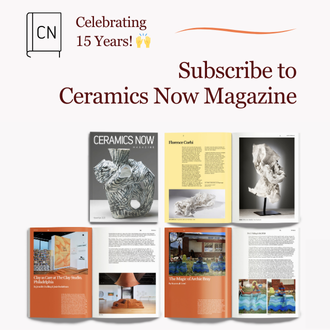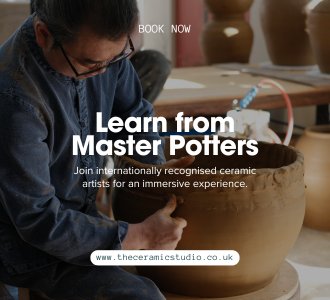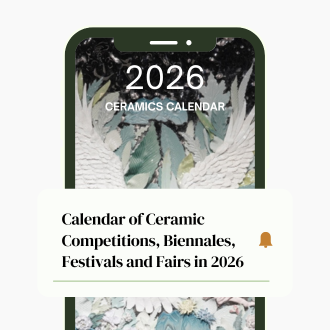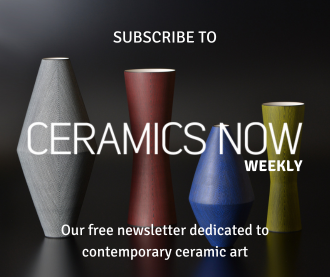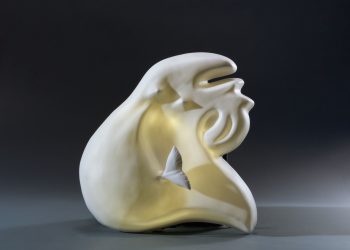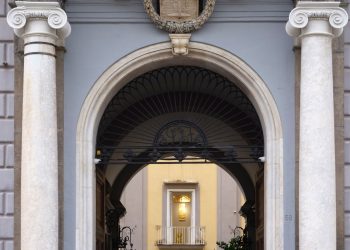Linda Swanson: Selected works, 2016-2022
In spite of our ability to explain the natural world, there is still a certain mystery to how matter changes form, seeming at first to be one thing, then becoming another. Light things become dark, soft things become hard, solid things begin to flow. Such transformations open onto questions of our own being and becoming and how we find ourselves in a world of flux.
Processes of change, formation and dissolution are integral to my approach to ceramics. I work with installations of raw ceramic materials such as crystalline salts, metallic compounds, and expansive clay minerals that transform with water in cycles of absorption and desiccation, evaporation and precipitation. Through firing I explore the interaction of molten colorants layered in translucent crystalline glaze as temporal embedments of conflicting thermal processes. I’m interested in how these material processes, their forms and effects, have affinities with both landscape and the body and how experiential encounters with raw and fired ceramic materials can implicate our sense of temporality and corporeality.
The world is continually being disclosed to us but never quite completely; the more we understand, the more complex we find it to be. The quality that intrigues me most about ceramics is that there is always an aspect of the process or material that reveals something beyond the scope of my intentionality. There is a certain resistance on the part of the world to our knowing it. I am interested in this resistance, finding the gaps between what we know and what we can’t and holding those gaps open for a while.
Templum of a Precious Thing of No Value, a Shapeless Thing of Many Shapes, 2020
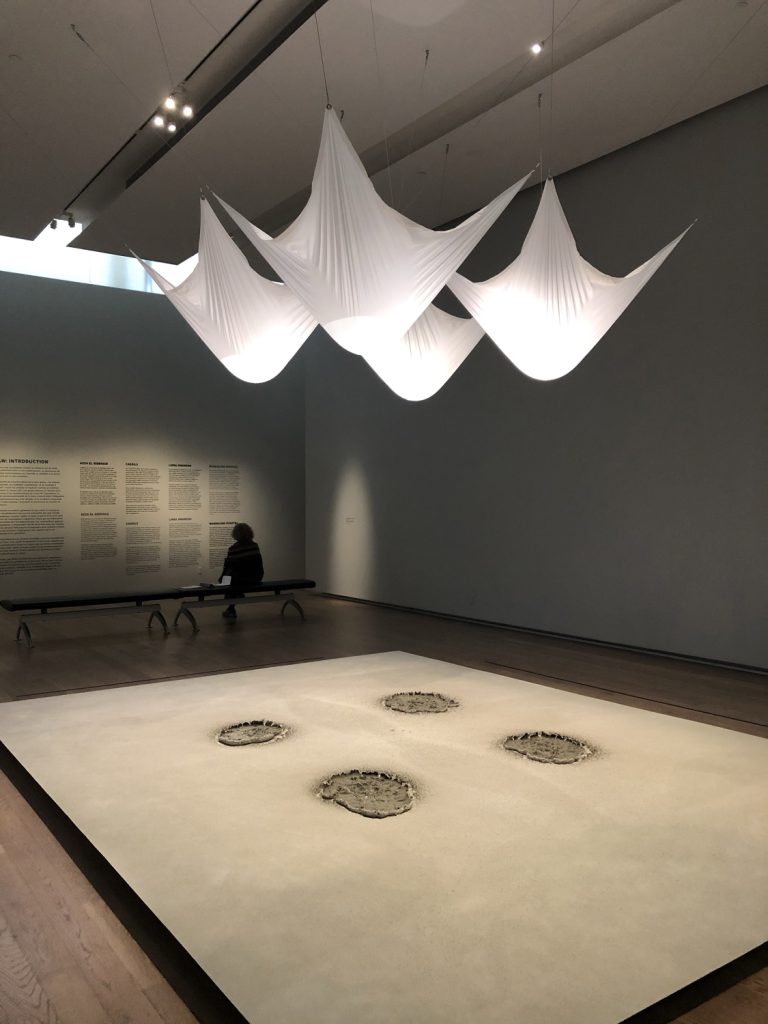
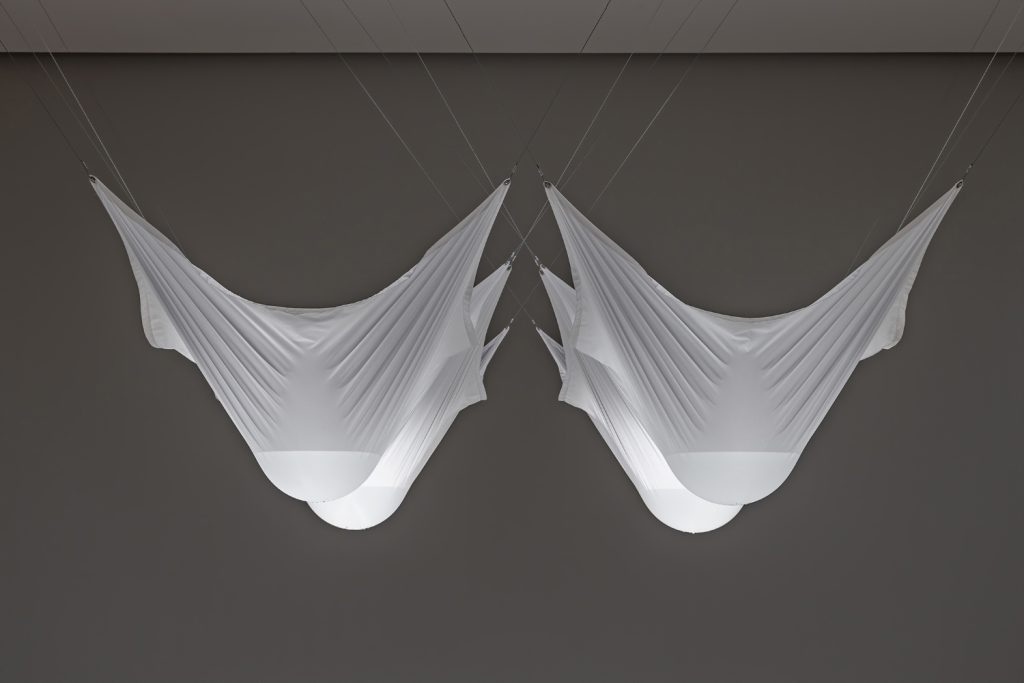
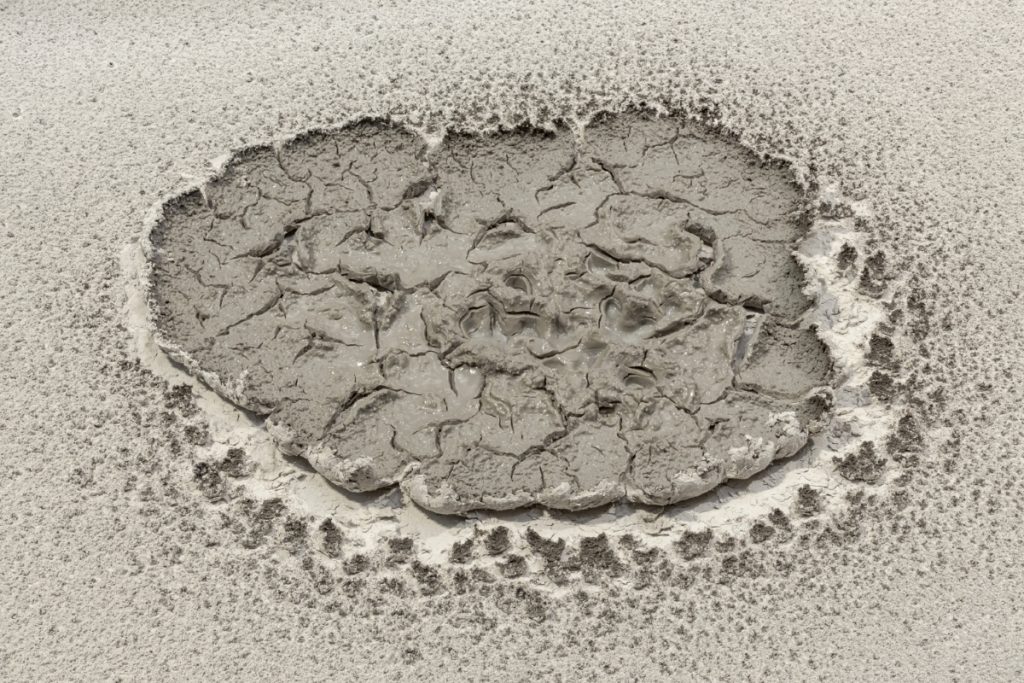
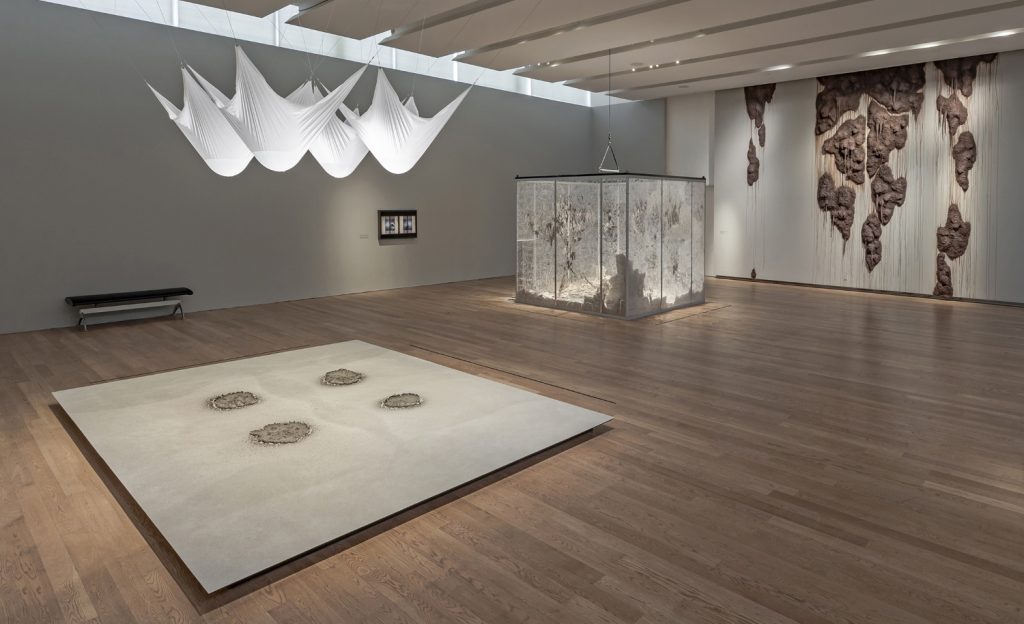
Created for the exhibition RAW at the Gardiner Museum
Clay holds the ability to become something. It is not passively waiting to be formed but ready to actualize a resurgent formative potential according to its own generative order, for its own sake. Clay embodies the potentiality of change. The bentonite clay I am using has been ground down to a particle form, reduced to a sheer elemental state that is more purely and essentially ‘raw.’ In this condition, it evokes the alchemical and philosophical notion of prima materia – the materialized principle of potentiality underlying the variability and changeability of all substance and form.
Templum designated the quadripartite vault of the sky in ancient Roman times whose sacred order was transferred to the earth in the foundation rites of cities. Bringing together the heavenly and earthly templa opened a reciprocity between the celestial order of being and the terrestrial order of becoming – between the geometric and the generative. TEMPLUM OF A PRECIOUS THING OF NO VALUE, A SHAPELESS THING OF MANY SHAPES invokes the figural structure of the templum in counterposing a light and water-filled membrane in four sections suspended above a field of powdered bentonite clay. Water drips down through the membrane onto the bentonite field to enact an exchange between the two structures, and between their respective temporal, material and formal orders and qualities. The purely raw potentiality of clay is actualized within the templum structure to engage our perception and experience of our own corporeal being and becoming.
Templum of a Precious Thing of No Value, a Shapeless Thing of Many Shapes, 2020, clay, water, metal, wood, nylon. Photos by Toni Hafkenscheid
Oculus, 2022
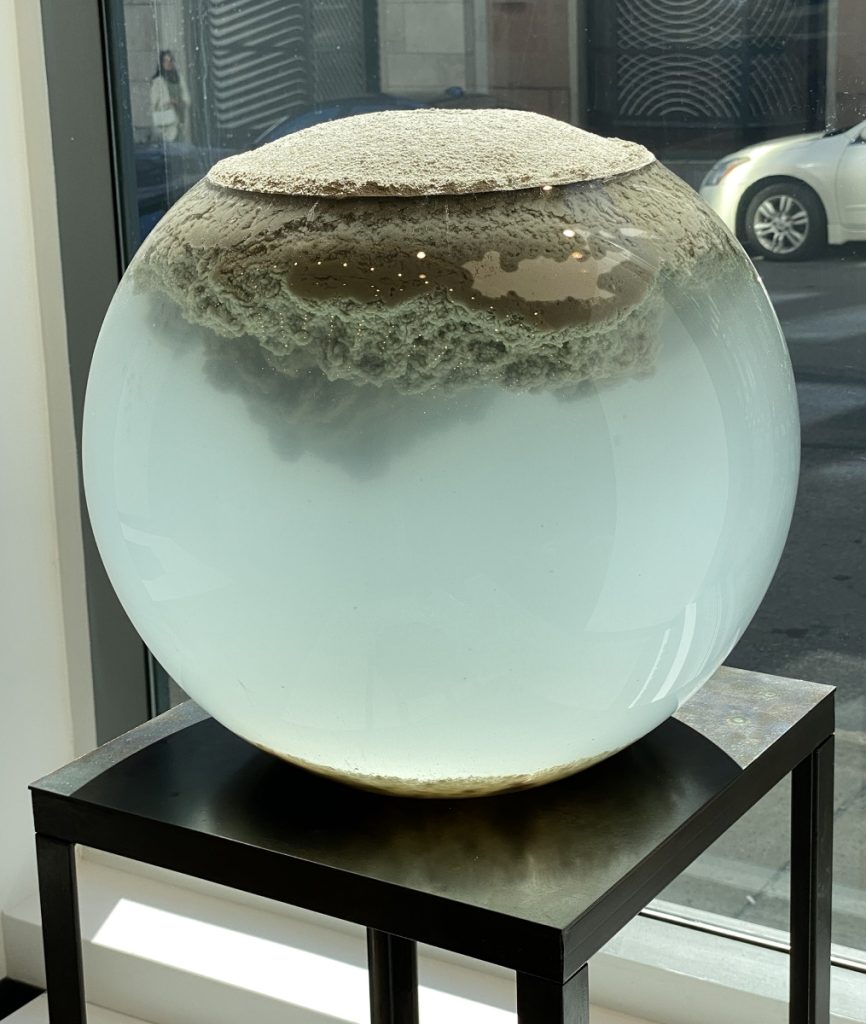
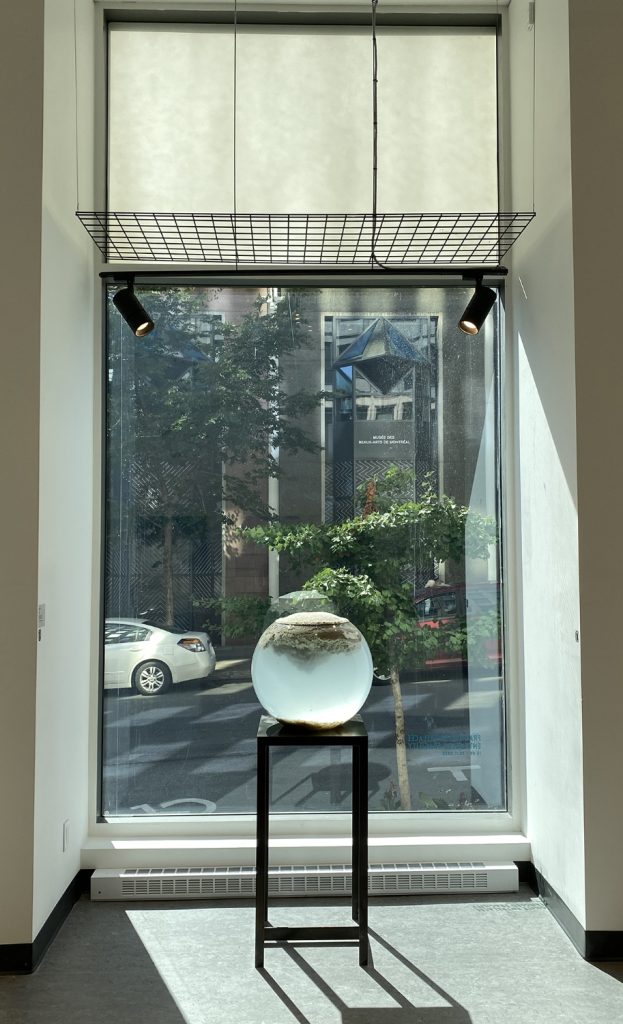
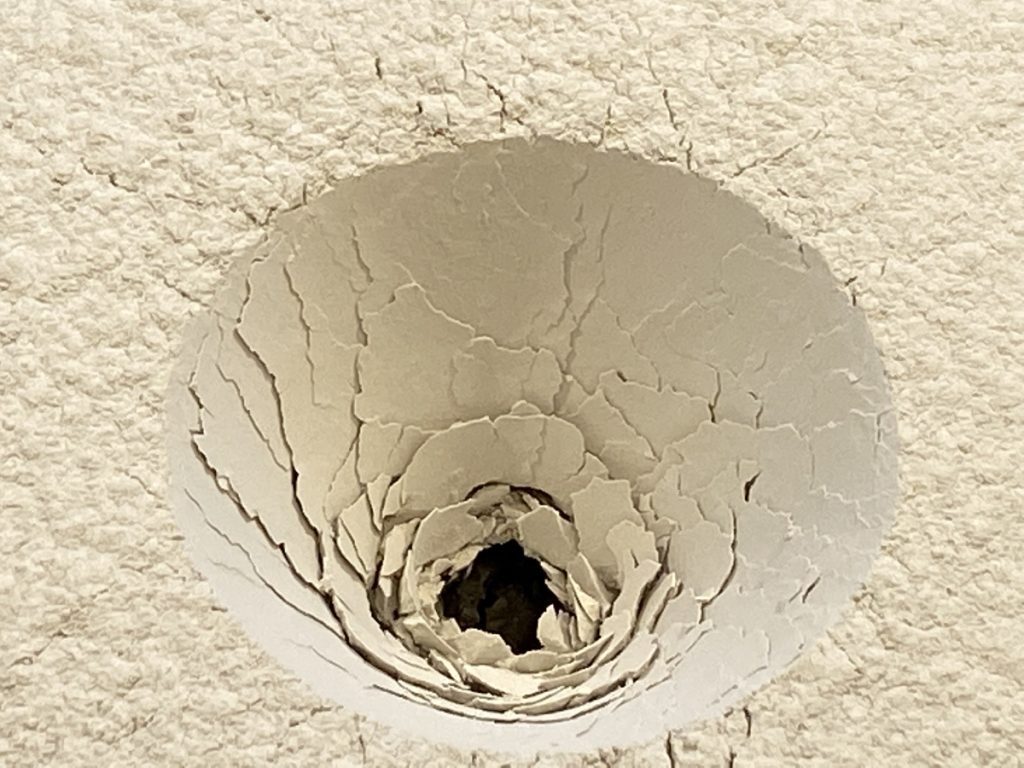
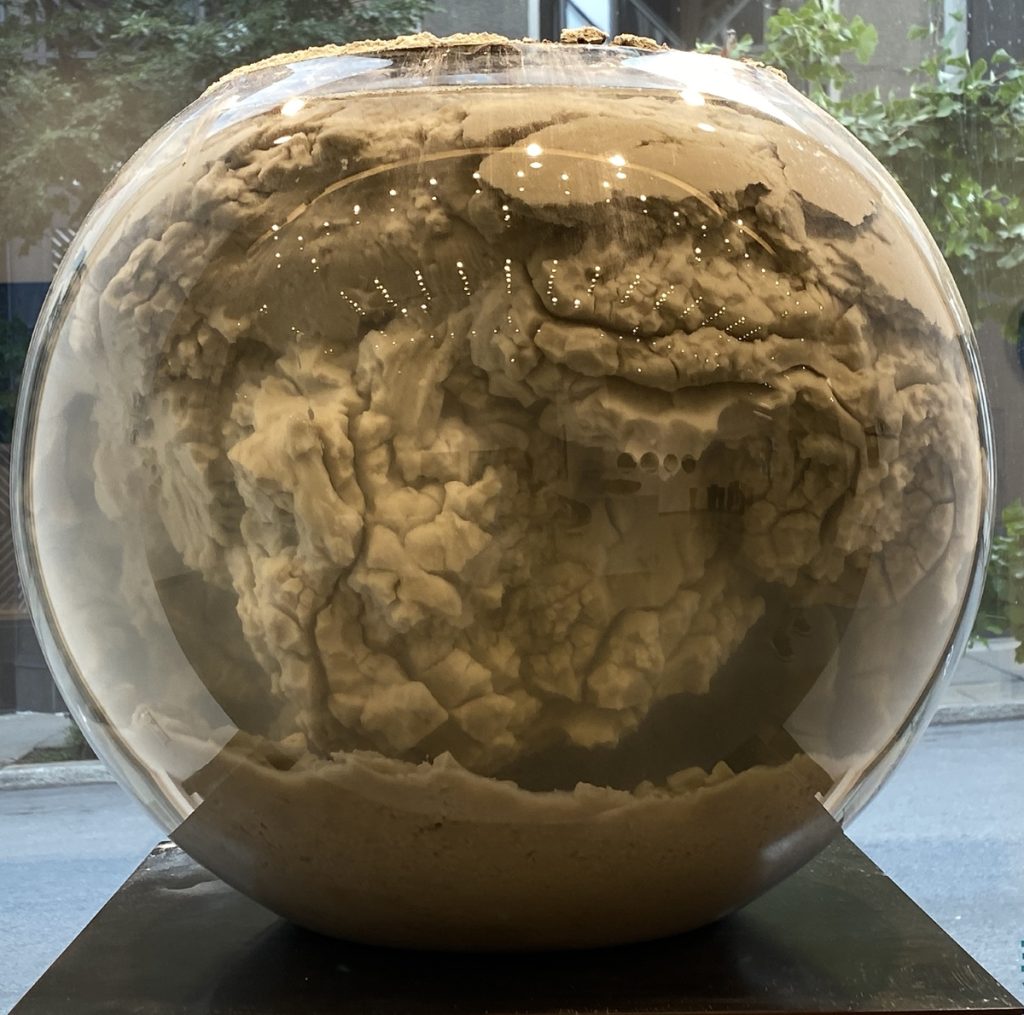
Oculus, 2022 (duration: two weeks), clay, water, glass, metal. Photos by the artist.
Sulcus Primigenius, 2017
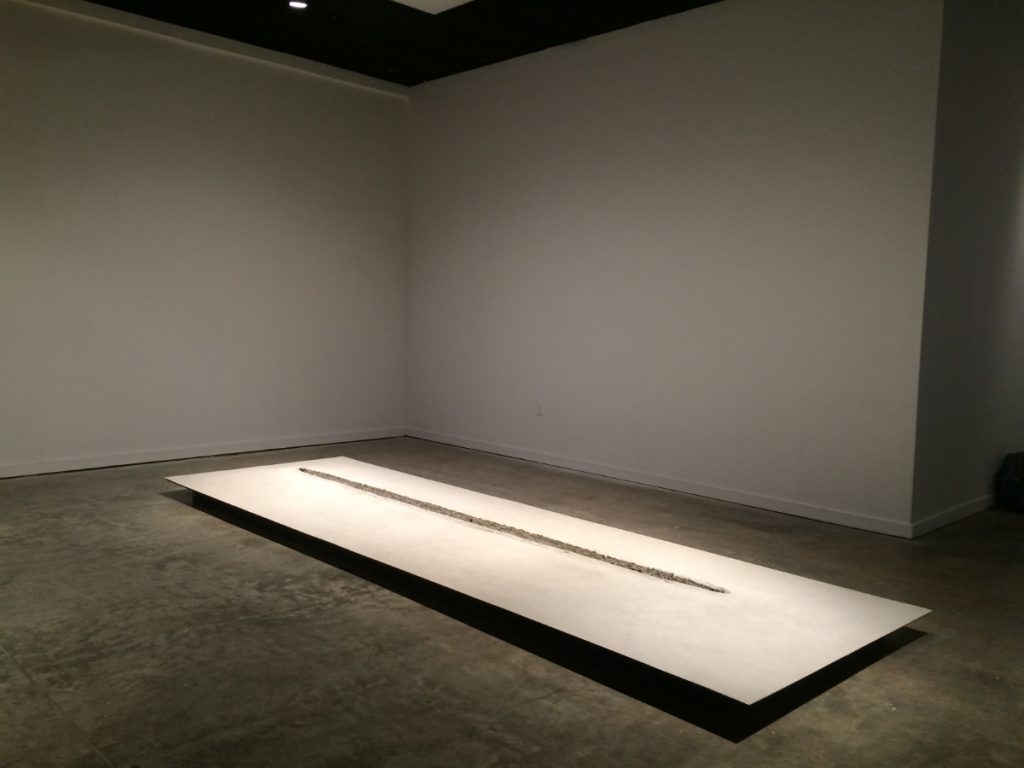
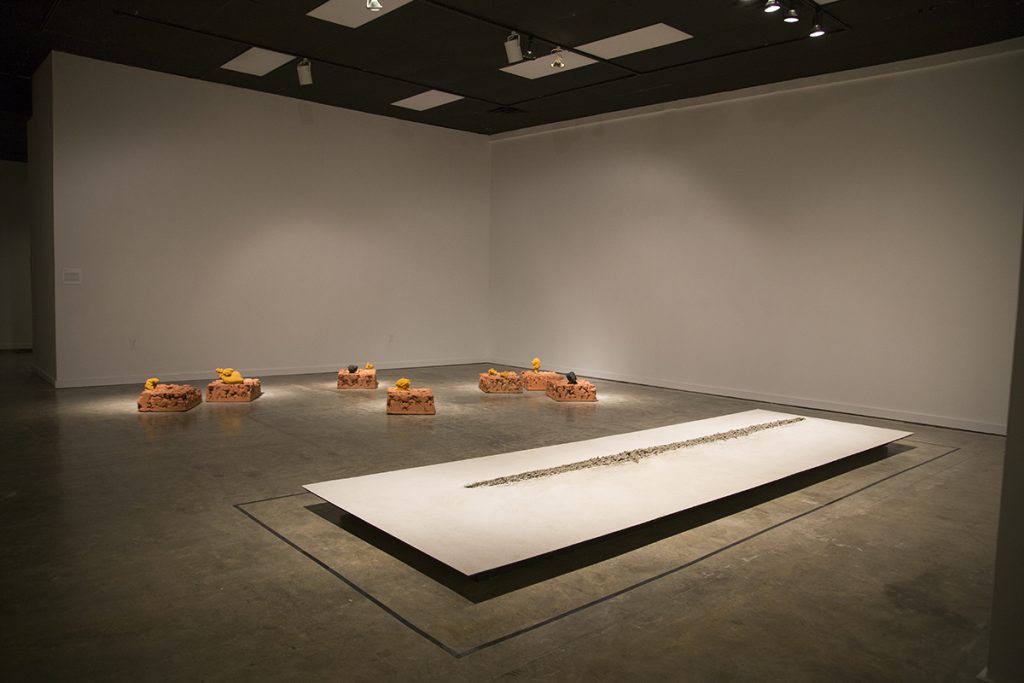
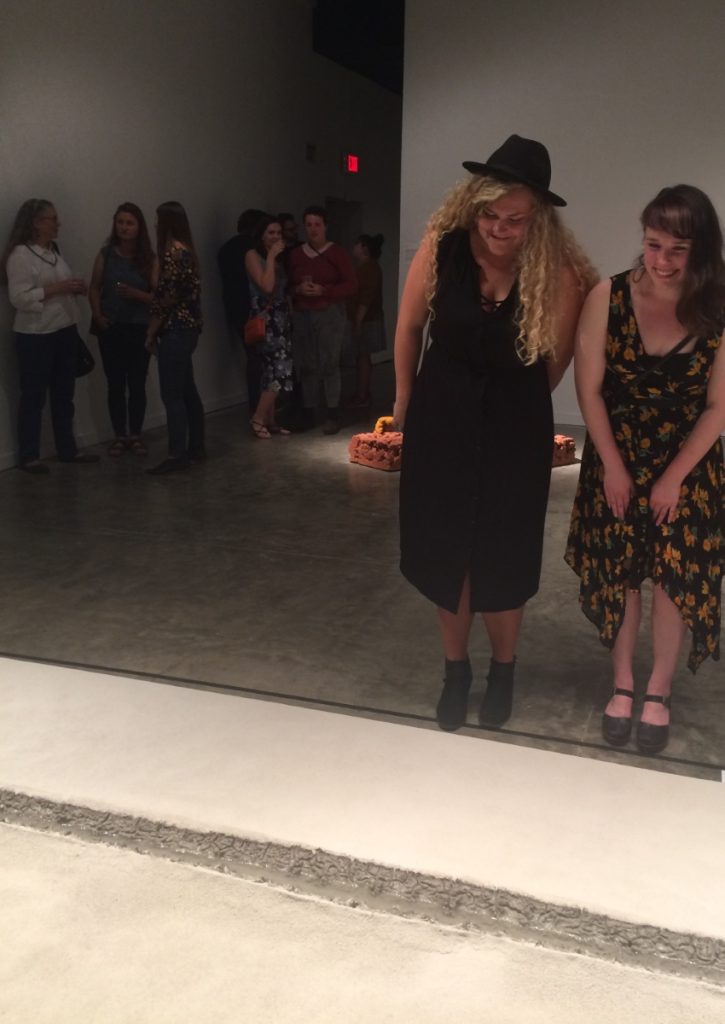
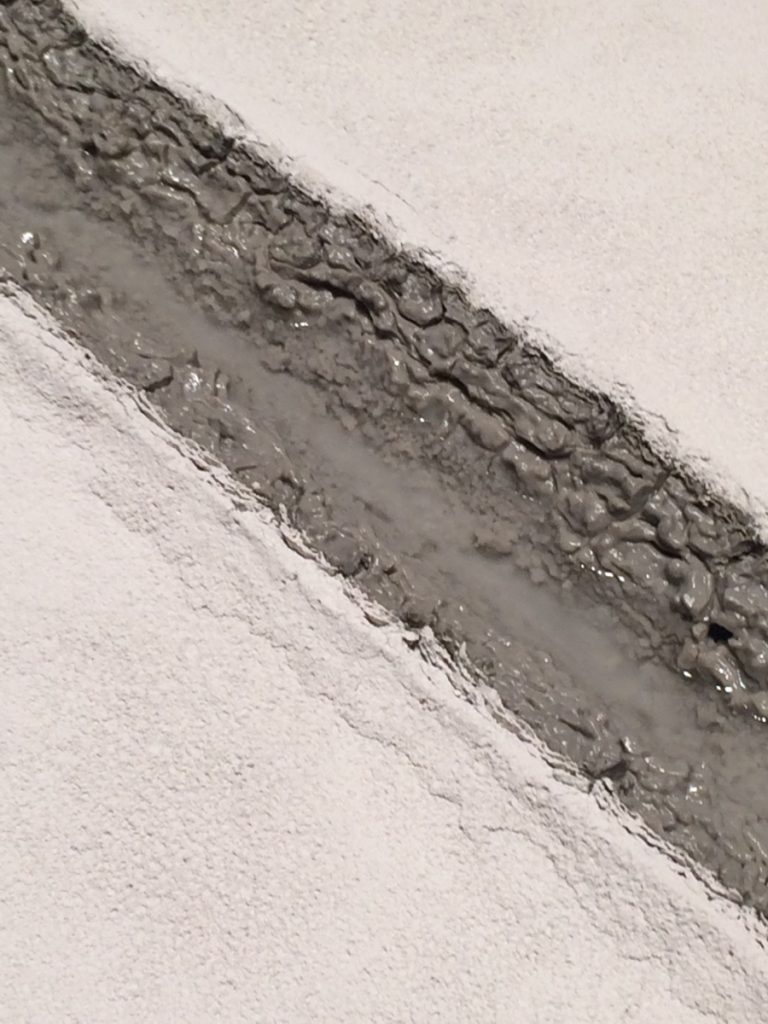
In ancient Roman times, the most important ceremony in founding a city was the ploughing of an initial furrow in the earth called the sulcus primigenius, which delineated the territory of the new town as sacred. Priests steered a pair of oxen, one female and one male, pulling a bronze plough angled so that the earth would fall inward toward the female ox to ensure the fertility of the city. In this boundary rite, ploughing reverently enacted the holy marriage of earth and sky, as the condition for human life in potential harmony with the cosmos.
In the context of the Material Histories exhibition, Sulcus Primigenius is an installation of a field of powdered bentonite inscribed with a single furrow that is watered. In ancient cultures, tilling the earth possessed a ritual dimension, increasing and realizing its inherent fertility. As the clay absorbs the liquid, it swells and erupts into a blossoming of earth whose potential is now distilled and concentrated through industrial processes. Yet the furrow is also an open wound, the violation of an otherwise inaccessible primeval order. Furrowing thus marks the necessary ambivalence of our relationship to nature, and the inability within our technological worldview of acknowledging this ambivalence with a reverence that does not absolve or redeem us.
Sulcus Primigenius, 2017 (duration: two months), clay, water, metal, wood. Photos by the artist.
Protogenoi, 2016
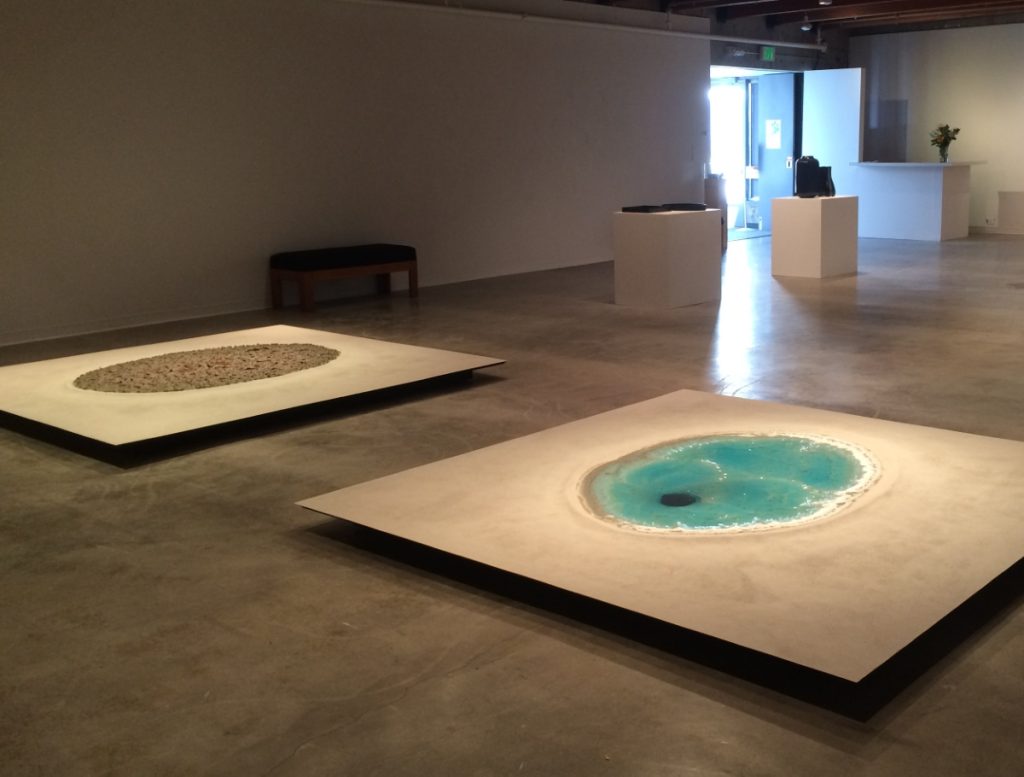
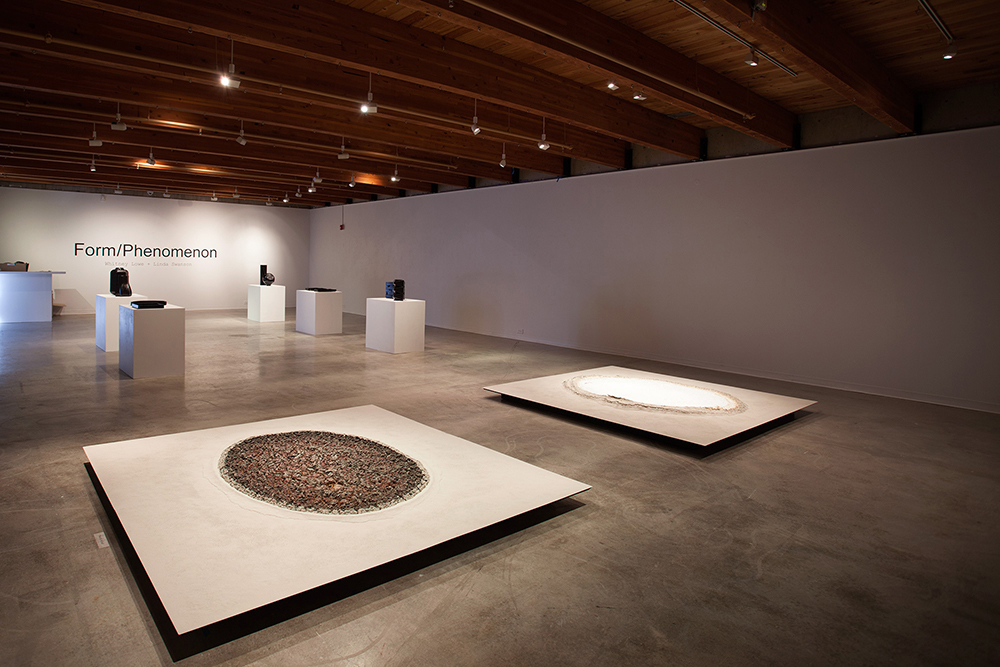
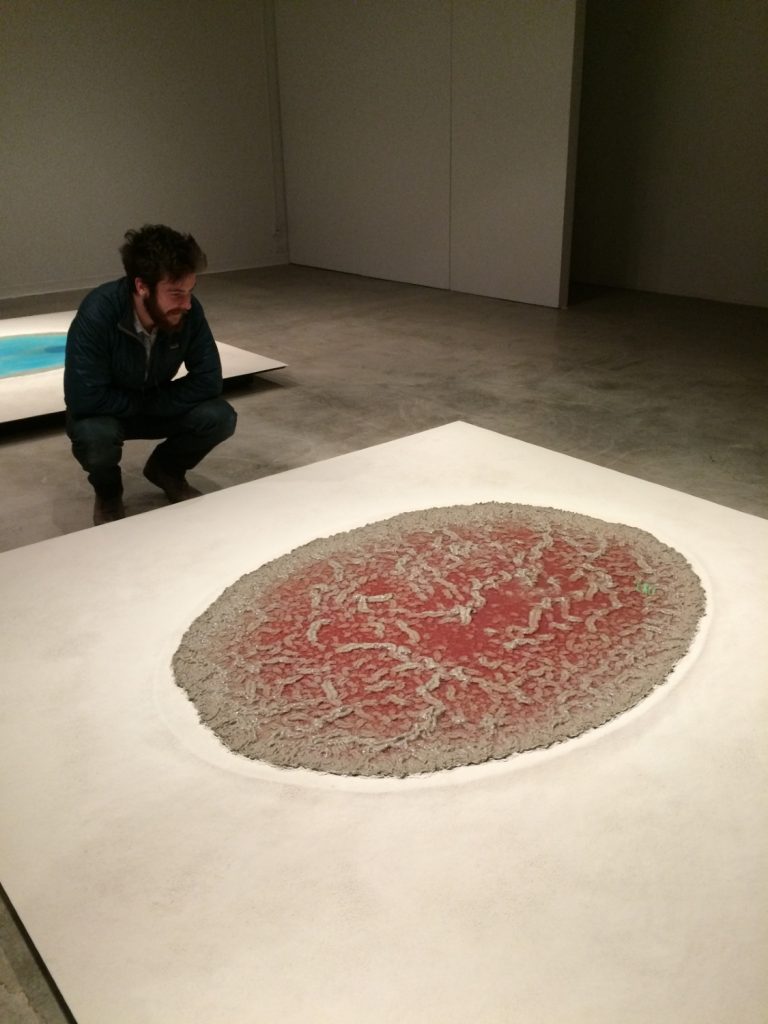
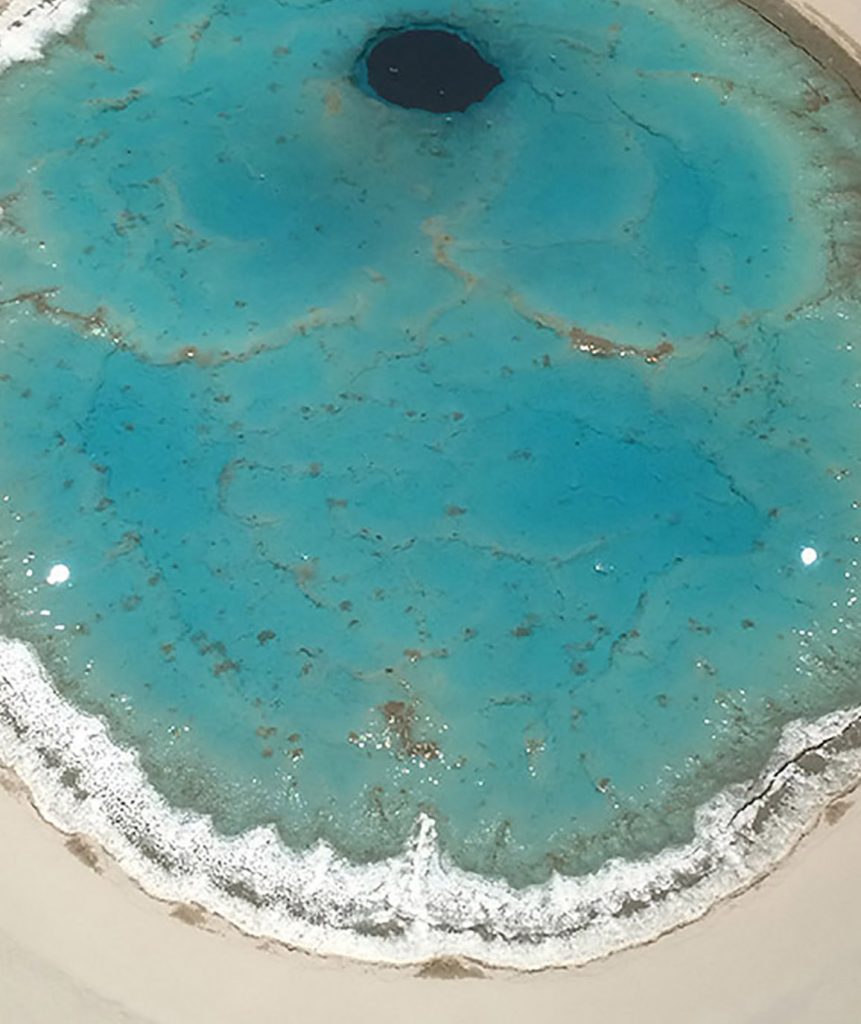
In the beginning, Khaos created the Protogenoi. These primeval gods were the basic components of the universe: Earth, Air, Sea, Sky, Fresh Water, Underworld, Darkness, Nicght, Light, Day, Procreation and Time. In this installation a pool of salt water and a pool of freshwater form differently out of the same clay base to relate to this origin story.
Protogenoi, 2016 (duration: two months), clay, water, metal and oxides, wood
Spectres, 2020
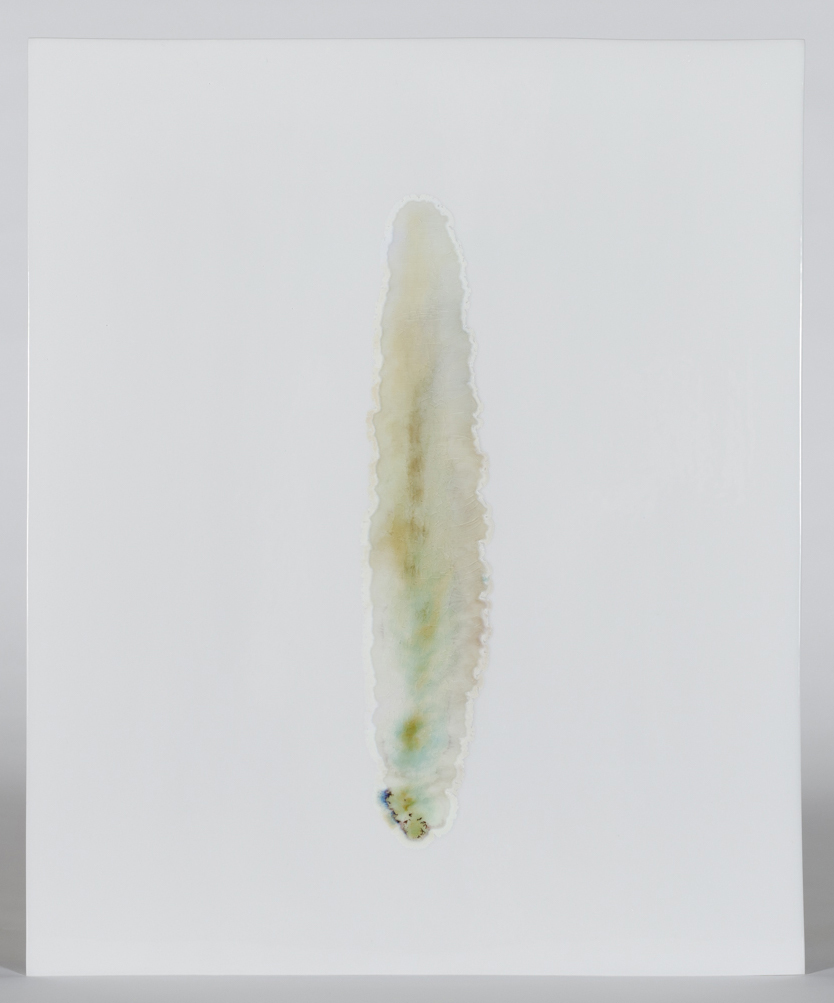
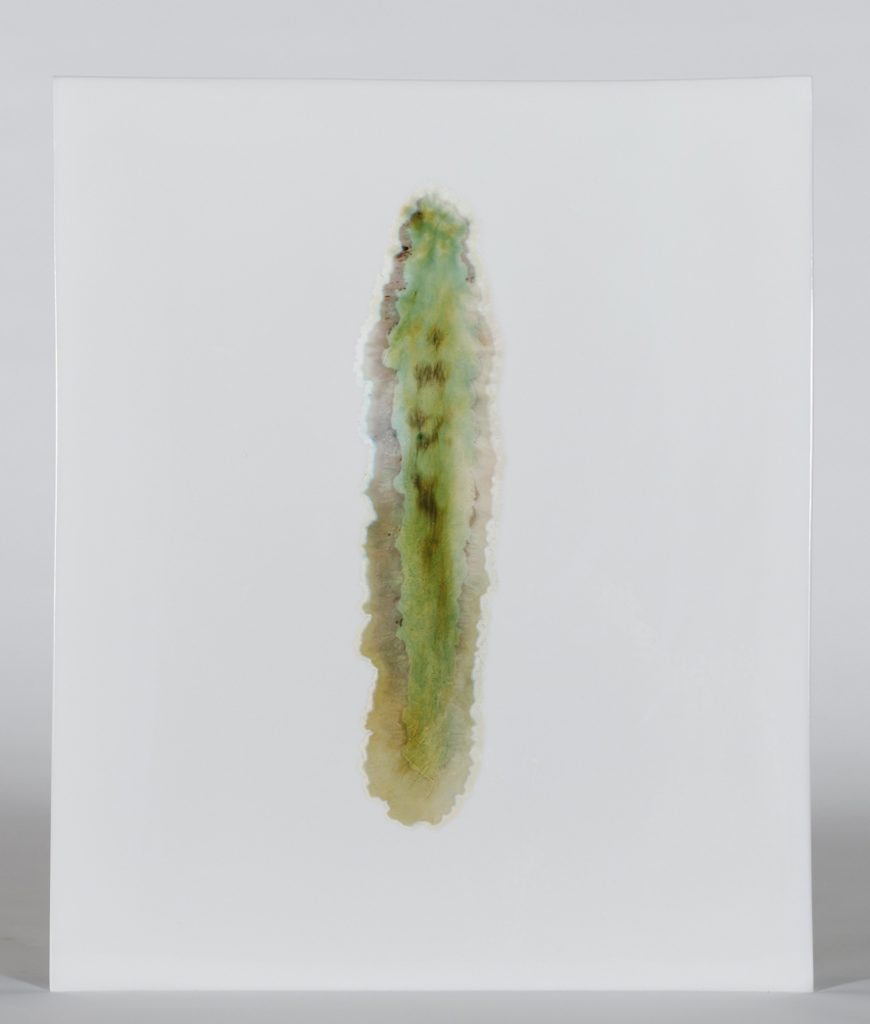
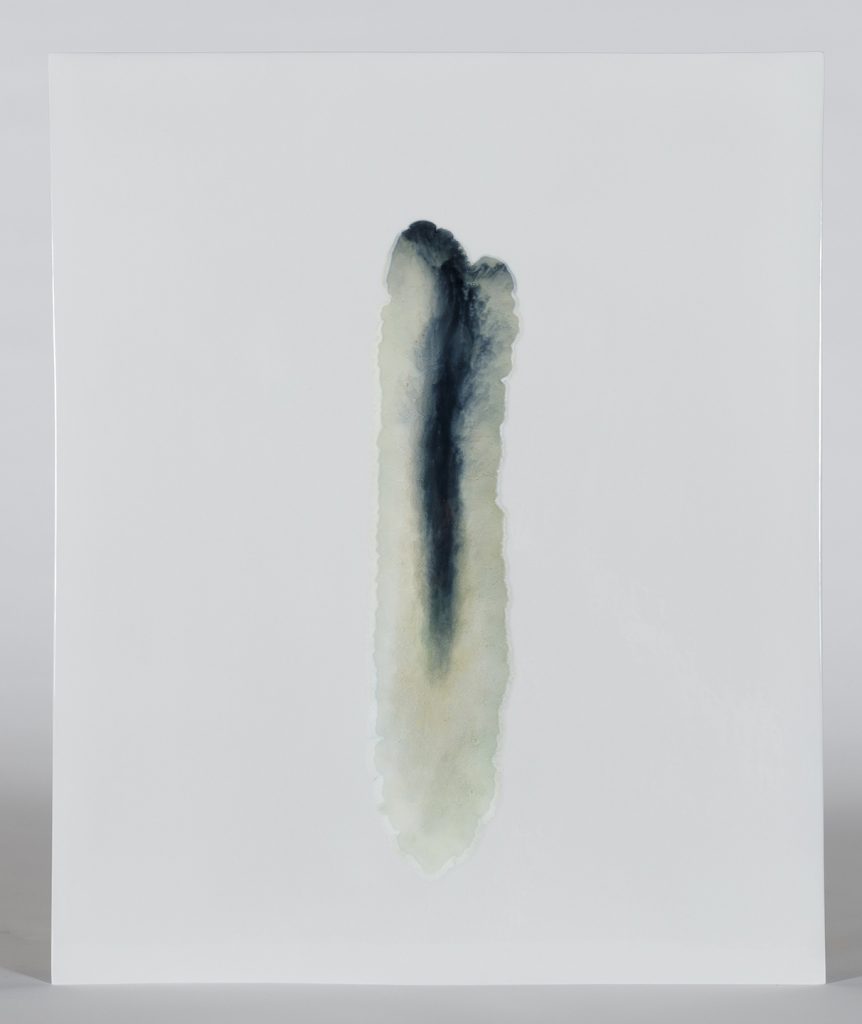
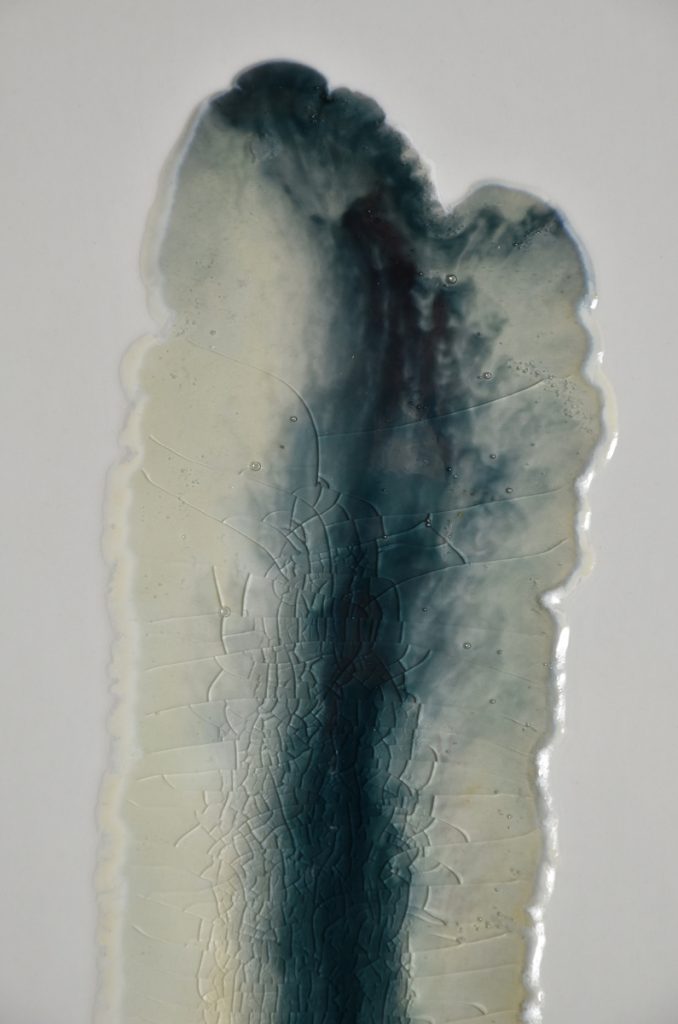
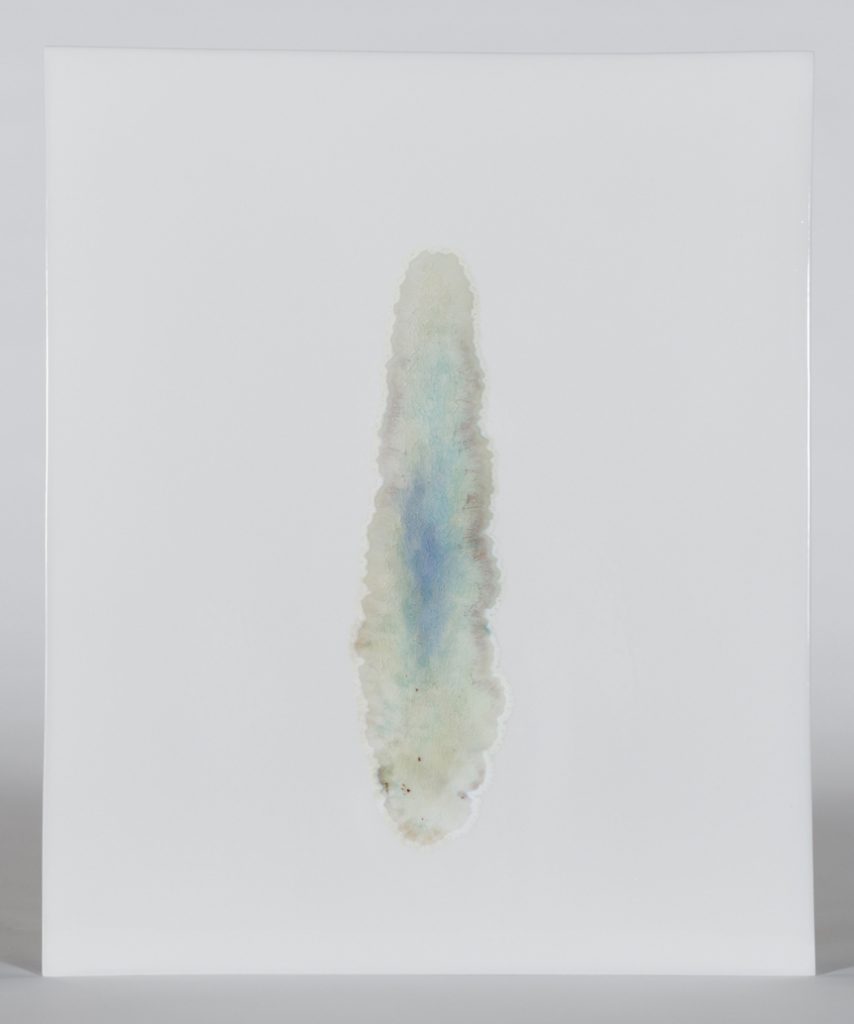
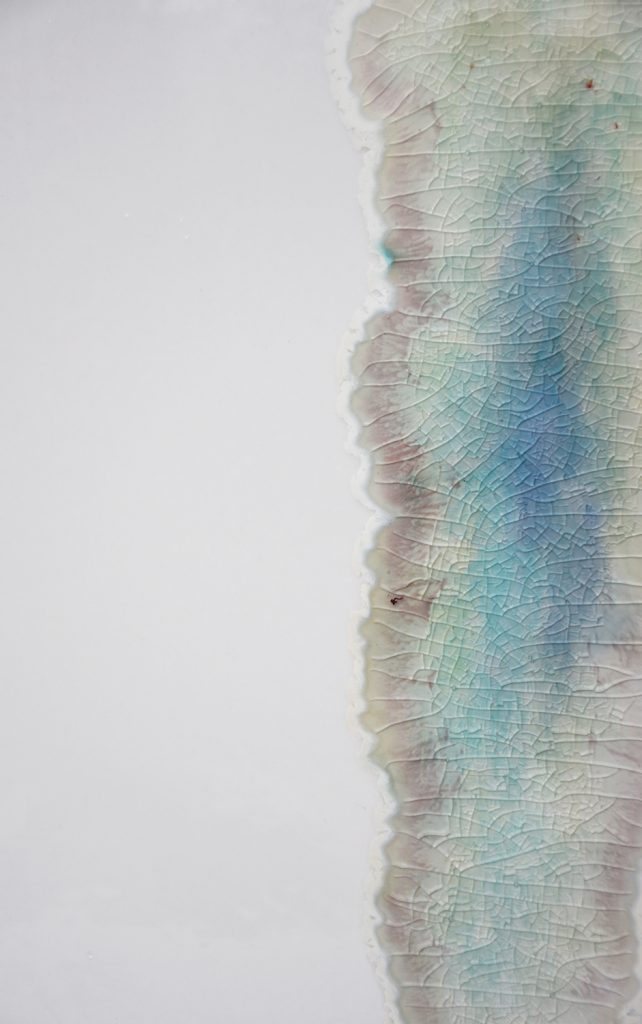
I am curious about how we might think about ourselves through matter. From my beginnings in ceramics, I developed a consciousness of the body in relation to material. I became interested in the responsiveness of materials, not only to my own actions, but also to ways that matter forms according to its own inherent qualities. In the kiln, I set up conditions that allow materials to, in effect, take their own form. In the Spectres series, the forces of heat, time and gravity act upon minerals to create luminous colourants in molten formations. Caught in transition, they call to mind the changeable nature of matter, how things now might remind us of others and how tenuous things are in the world.
Spectres, 2020, Glazed porcelain







